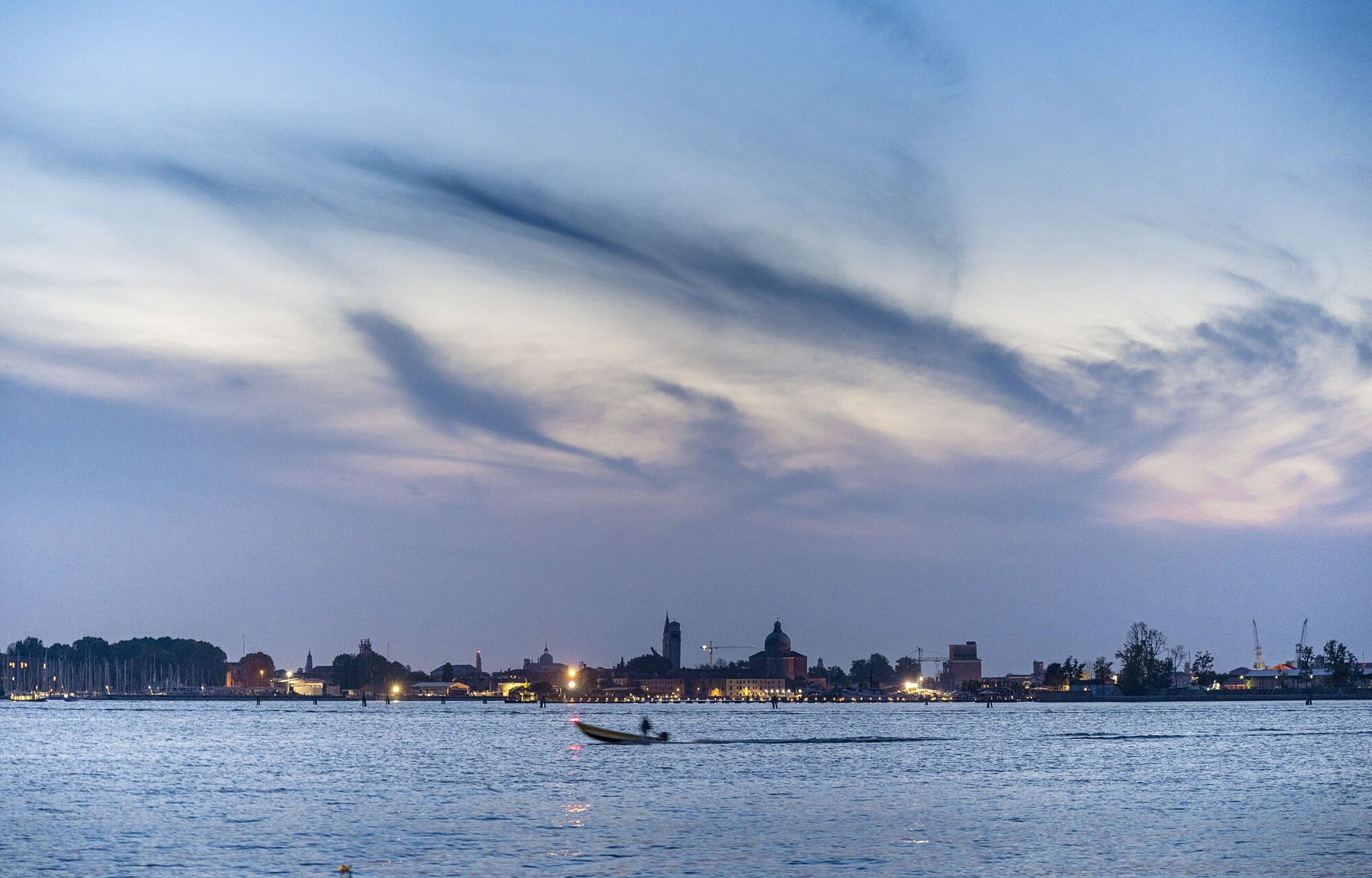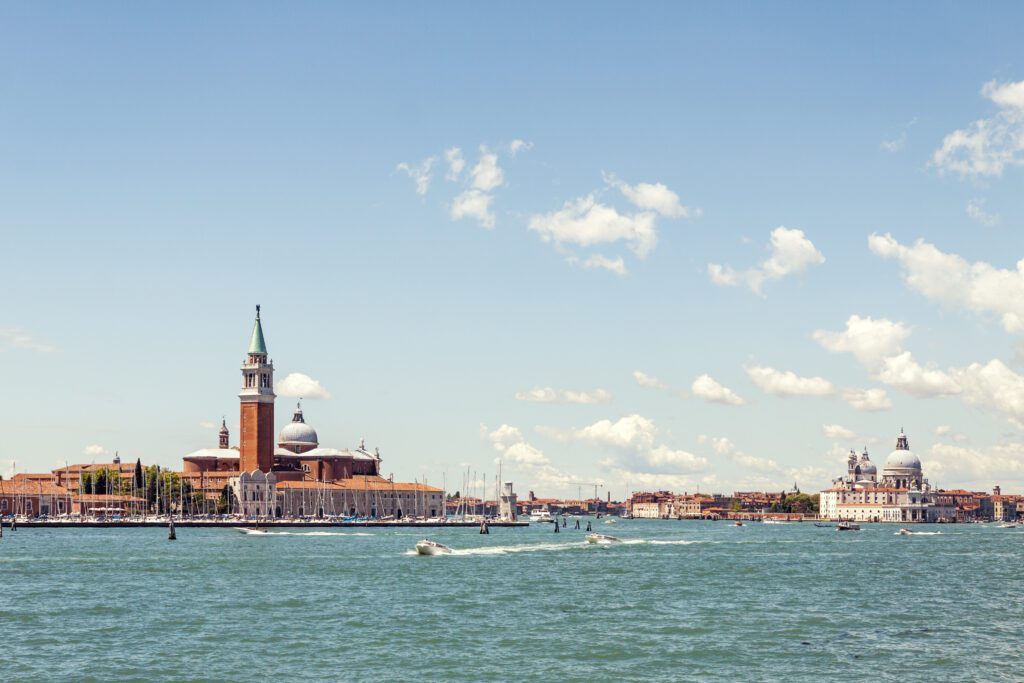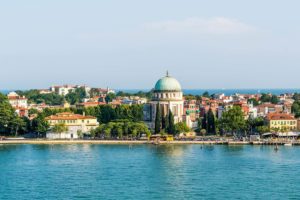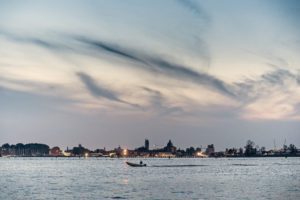The Quarantine Island: The History of the Lazzaretto Nuovo

A hidden corner of the Lagoon, where the memory of the Serenissima meets landscape and archaeology.
Venice is a magical place, full of hidden corners often shrouded in mystery. Among them is the Lazzaretto Nuovo, an island located in the northern part of the Lagoon, near Sant’Erasmo.
In 1468, a decree of the Senate of the Serenissima established a lazaretto on the island to prevent the spread of the plague. It was called “Nuovo” (New) to distinguish it from the existing “Lazzaretto Vecchio”, where the first hospital entirely dedicated to plague victims had been built years earlier. The island thus became a quarantine station, especially for ships arriving from abroad. To make the health facility efficient, numerous buildings were constructed, including the famous tese—large sheds for disinfecting goods.
Once the emergency subsided, the island’s role changed. In the 18th century, its medical use was gradually abandoned, and the Lazzaretto Nuovo was converted into a military base, becoming part of the Lagoon’s defense system: the walls were reinforced, and a direct connection to Sant’Erasmo was built.
Decommissioned after the war, the island is now one of the few Venetian sites that has been restored from abandonment. Owned by the municipality and protected by the Ministry of Culture, since 1977 it has been managed by the Ekos Club association, supported by the Archeoclub d’Italia – Venice branch, which has organized summer archaeological camps there since 1988. Over the past forty years, the associations have restored the island for public use, promoting both public and private projects with museum purposes.
Until October, this open-air ecomuseum can be visited to discover its thousand-year-old history, archaeological excavations, and the famous defensive walls. Visitors can also enjoy the lagoon landscape along the nature trail Sentiero delle Barene, traced along the old military patrol path and created in collaboration with the Venice Museum of Natural History.

Summer between Lido and Venice: events and traditions

Venice in Celebration: A Journey Through Sport, Tradition, and Culture










